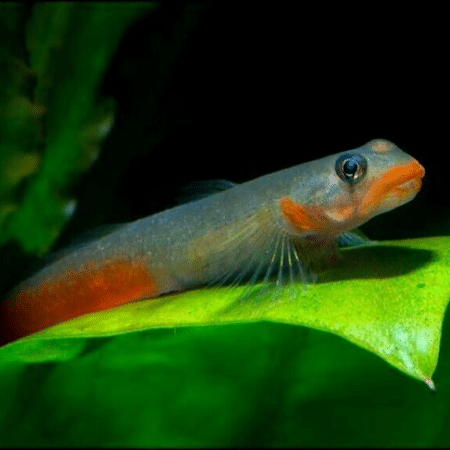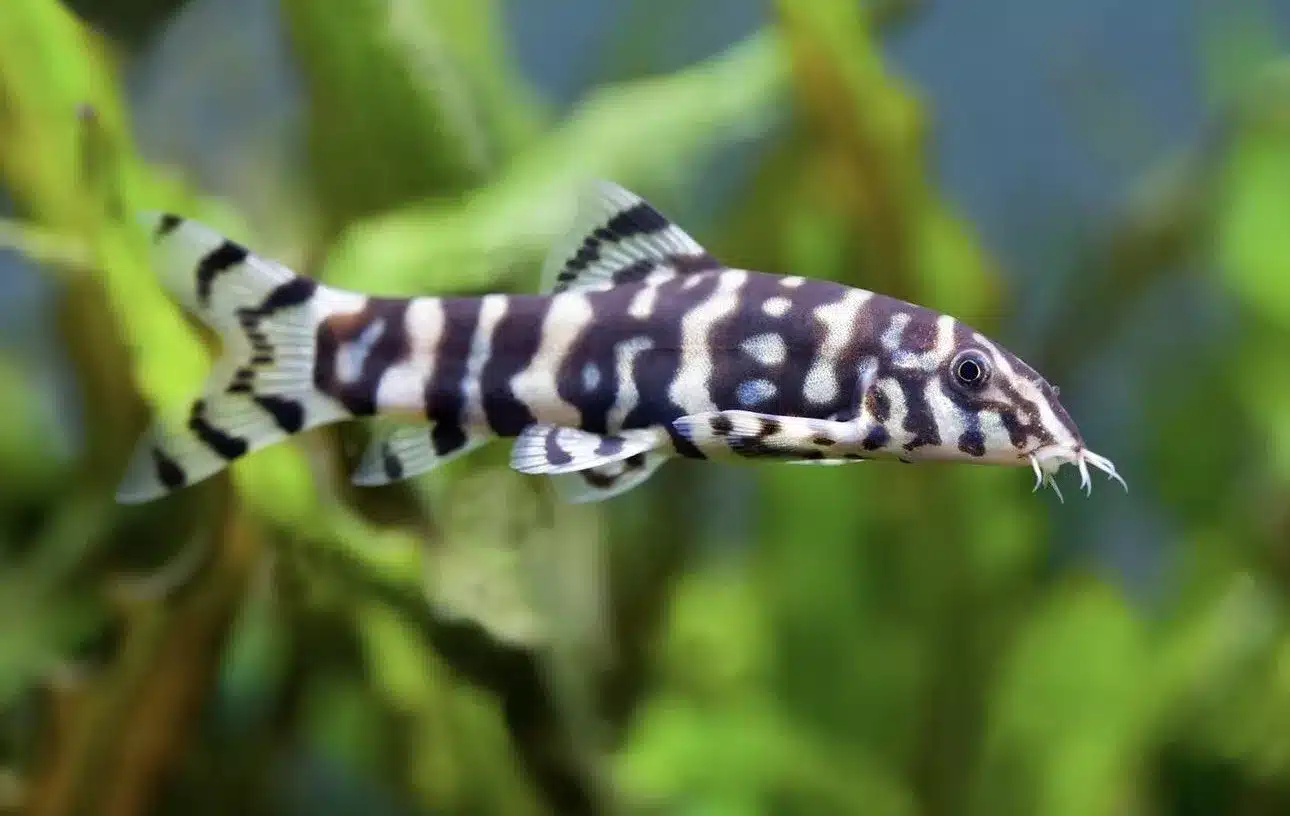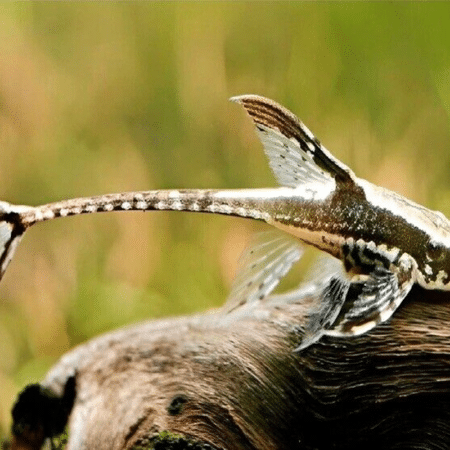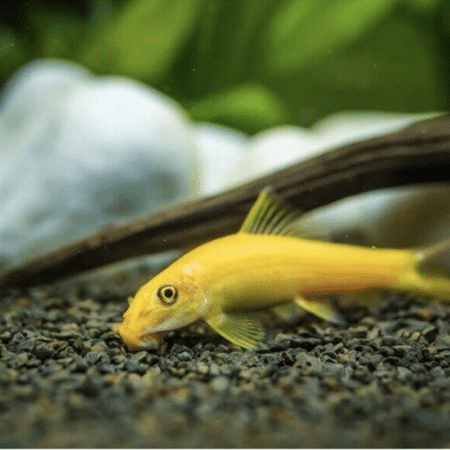To provide the best experiences, we use technologies like cookies to store and/or access device information. Consenting to these technologies will allow us to process data such as browsing behaviour or unique IDs on this site. Not consenting or withdrawing consent, may adversely affect certain features and functions.
The technical storage or access is strictly necessary for the legitimate purpose of enabling the use of a specific service explicitly requested by the subscriber or user, or for the sole purpose of carrying out the transmission of a communication over an electronic communications network.
The technical storage or access is necessary for the legitimate purpose of storing preferences that are not requested by the subscriber or user.
The technical storage or access that is used exclusively for statistical purposes.
The technical storage or access that is used exclusively for anonymous statistical purposes. Without a subpoena, voluntary compliance on the part of your Internet Service Provider, or additional records from a third party, information stored or retrieved for this purpose alone cannot usually be used to identify you.
The technical storage or access is required to create user profiles to send advertising, or to track the user on a website or across several websites for similar marketing purposes.




















Emily Roberts (verified owner) –
I recently added 4 Yoyo Loaches to my 75-gallon freshwater tank, and I couldn’t be happier! These little guys are not only beautiful with their striking patterns, but they also have such charming personalities. After just a week, I noticed a significant reduction in algae, which is a huge plus for maintaining water quality. They love to explore and play, making them active bottom dwellers that keep the tank lively.
Compared to other algae eaters I’ve tried, like otocinclus, these Yoyo Loaches are much more interactive and social. They do a great job at cleaning up leftovers and seem to enjoy the company of my other tropical fish. However, I did notice that they appreciate some hiding spots, so I added a few caves, which they absolutely love!
If you’re considering adding some freshwater fish to your tank, I highly recommend these Yoyo Loaches. They’re perfect for anyone looking to brighten up their aquarium while helping with algae control. Just be sure to provide them a suitable environment, and you’ll have happy, healthy fish for years to come!
Emily Carter (verified owner) –
I recently added 4 Botia Lohachata, commonly known as Yoyo Loaches, to my tropical aquarium, and I couldn’t be happier! These little guys are not only stunning with their unique patterns, but they have also proven to be fantastic algae eaters. Within just a week, I noticed a significant reduction in algae growth on my aquarium plants and decorations. It’s like they’ve taken their role as diligent caretakers of my tank to heart!
I’ve had experience with other algae eaters, but the Yoyo Loach truly stands out due to their playful nature and social behavior. They are constantly on the move, which makes my aquarium so lively. I love watching them interact with each other and explore their environment. Plus, they seem to thrive in a group, so I highly recommend keeping at least four like I did.
The purchase process was straightforward, and they arrived in great health, which is always a relief. One minor note: they can be a bit shy initially, so if you don’t see them right away, don’t worry! They’ll come out in no time. I would recommend these loaches to anyone looking for a beautiful, active addition to their freshwater fish collection. They not only enhance the aesthetic but also contribute positively to the overall ecosystem of the tank!